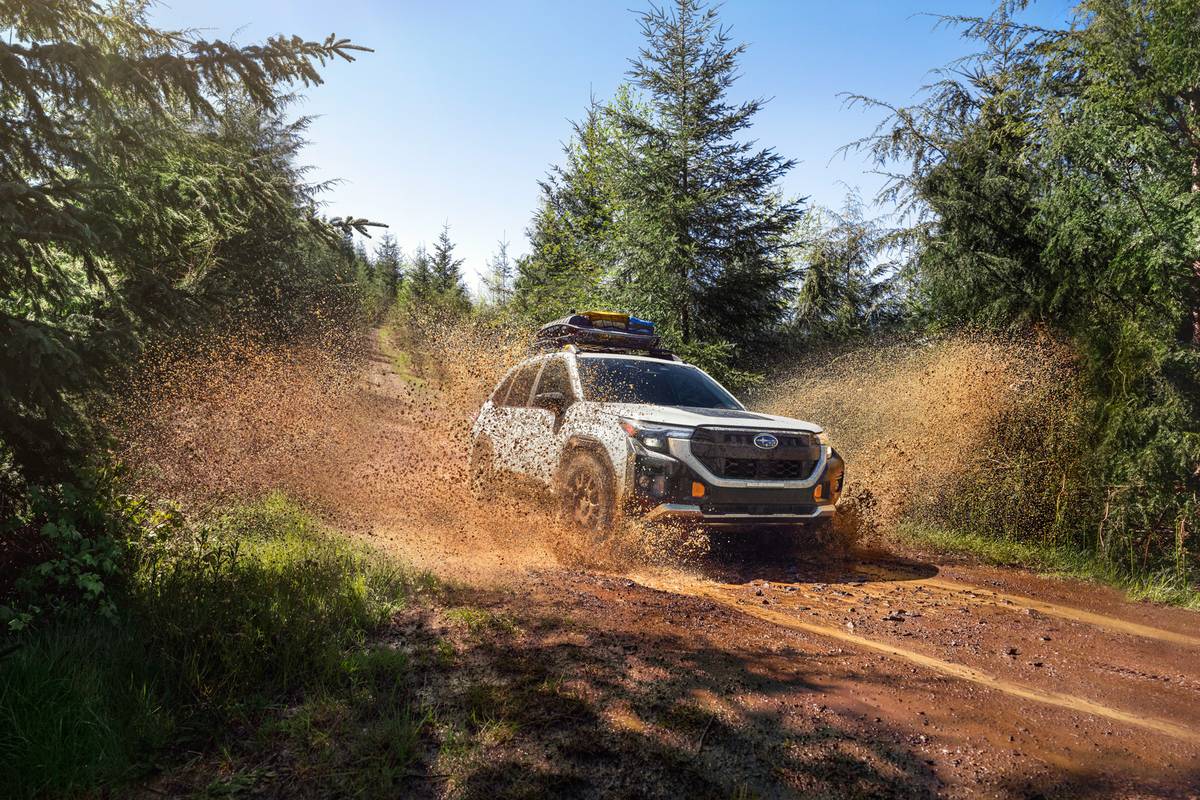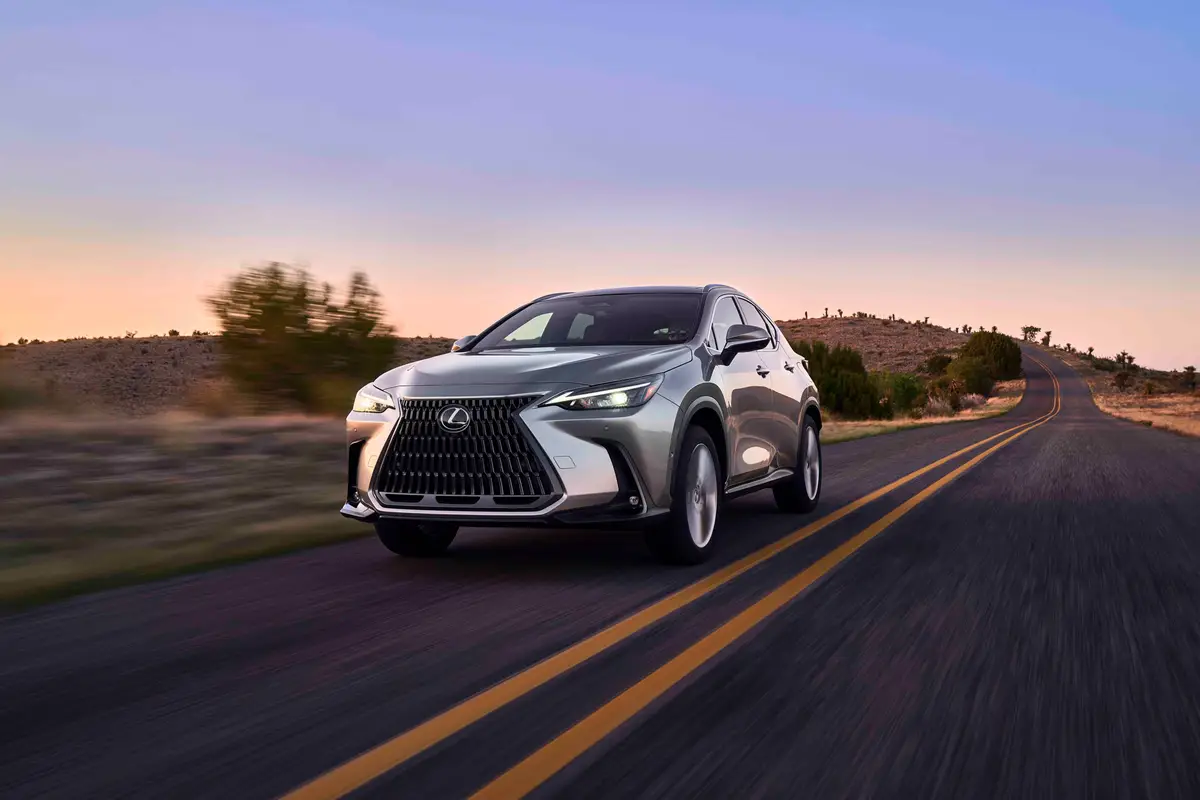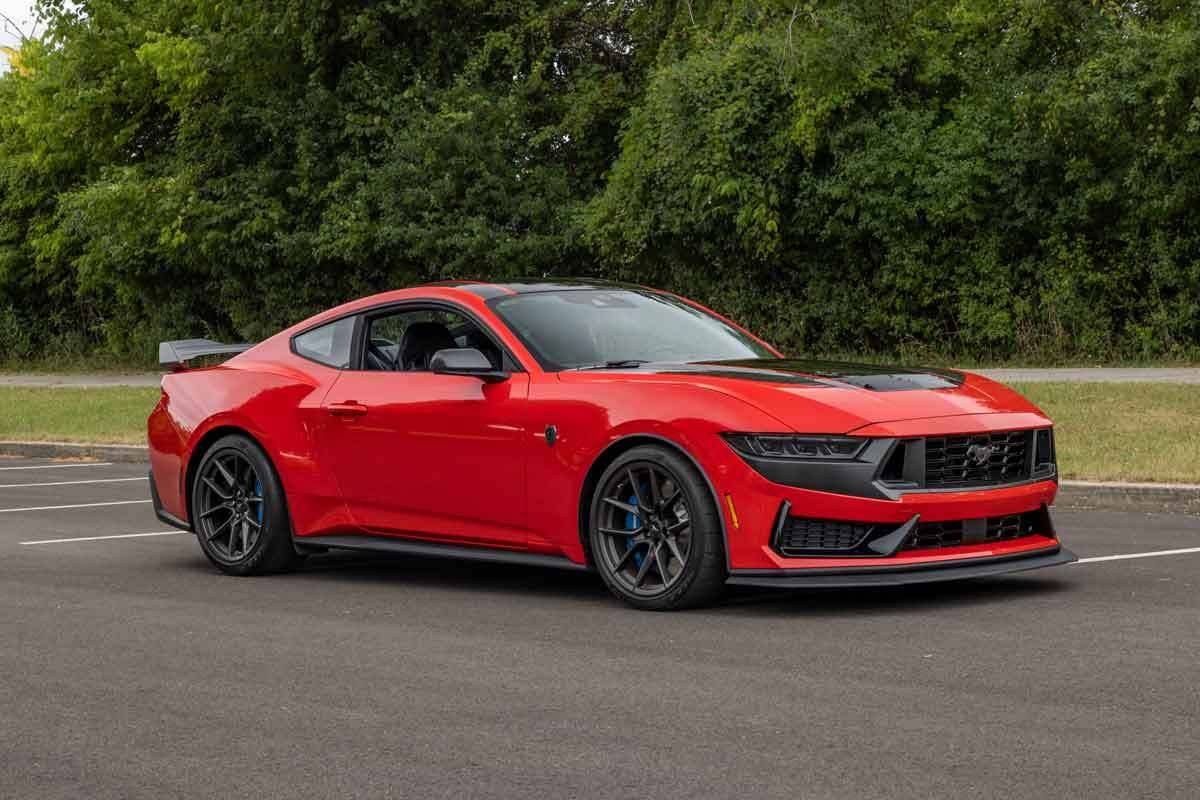Star-Telegram.com's view
The one question I’m asked most often as an auto writer is: “If price were no object, what vehicle would you buy?”
The answer, for me, has always been the Toyota Land Cruiser.
It is, in fact, the vehicle I drive, although I had some explaining to do when I told my significant other that I was thinking of buying one.
“So, price is no object for us now?” she asked, somewhat mockingly.
Well, yes, price is an object, but I got a really good deal, OK?
So my point is, if you’re into serious off-road driving and can afford a Land Cruiser (and the gasoline it takes to operate it, a new consideration these days), then, by all means, go get one.
My answer to those who criticize me for owning a big, gas-hungry SUV, is that I don’t use it as a daily driver. It’s for weekend family and special-occasion use, such as when I want to go places that most other vehicles could never reach. (My Piaggio MP3 scooter, which can go up to 80 mph and gets up to 75 miles per gallon, is my “green” vehicle.)
My Land Cruiser isn’t the latest model, either.
Which brings me to the subject of this week’s review: the seventh-generation Land Cruiser, which made its debut in December as a 2008 model.
Cruiser fans can relax, though, as nothing drastic has changed. The new Land Cruiser looks much like the previous model, and has been positioned once again to be the best of the best among true off-road-capable sport utilities.
But it’s also quite pricey, which means I probably won’t be upgrading my 2003 model to a new one anytime soon. The base price when the new model went on sale in December was $63,200 (plus $735 freight), but a $900 increase in May raised it to $64,100.
Our tester was made before the price increase, so it still had the $63,200 on its sticker. An upgrade package ($7,245) brought a navigation system, accident-avoidance system, backup camera, premium audio system, rear-seat DVD system, power tilt-and-telescopic steering wheel, and other amenities. With that option, the test vehicle’s sticker totaled $71,180 (including freight).
Expensive, yes. But for those who aspire to the best and can pay the price, the Land Cruiser has no equal, except for its Lexus sibling, the LX 570, which essentially is the same vehicle for a few dollars more ($74,700 plus $765 freight). With that one, all the available Land Cruiser upgrades are included.
As for the Land Cruiser’s iconic status, it is the only vehicle line that Toyota has offered for all of its more than 50 years of doing business in the U.S. market. Toyota developed the original one after World War II as a military vehicle similar to the U.S. military jeep.
But over the years, the Land Cruiser has evolved into an expensive, upscale combination family/off-road vehicle with a limited yet loyal following.
In a concession to those who can no longer afford a Land Cruiser, Toyota rolled out a revival of the earlier FJ Land Cruiser line with the introduction of the all-new compact FJ Cruiser for 2007, with prices beginning in the mid-$20,000s.
But the one most off-road aficionados would aspire to own is the full-size Land Cruiser. As with most of the rugged and truly capable SUVs, the Land Cruiser has the traditional sport utility body-on-frame arrangement, rather than the unibody construction of today’s new crossover utility vehicles.
It rides on an all-new frame that offers “superior strength and rigidity,” the automaker said. Special emphasis was placed on insulating the body from the frame to enhance ride comfort and cabin quietness.
Because the Land Cruiser of late has primarily been used as a luxury family hauler, Toyota gave it the refinements and ride characteristics of a premium sedan, while preserving its legendary off-road capabilities.
Under the hood is the same 5.7-liter V-8 engine offered as an upgrade in the San Antonio-built Toyota Tundra full-size pickup.
Rated at 381 horsepower and 401 foot-pounds of torque, this engine is connected to a six-speed automatic transmission. Fourth gear is direct drive, while fifth and sixth are overdrive gears, helping to increase highway fuel economy.
EPA fuel-economy rates are 13 miles per gallon in the city and 18 on the highway, which isn’t great, but is in line with most of today’s V-8 powered SUVs and pickups.
The previous generation Land Cruiser, introduced for 2000, was the first to get a V-8 – the same 265-horsepower, 4.7-liter that is still the base V-8 in the Tundra. Before that, an inline six-cylinder engine powered these vehicles.
The 2008 Land Cruiser is the first to use a new Toyota two-speed transfer case that provides full-time four-wheel drive. It includes low-range gearing for severe off-road conditions. The transfer case comes with a Torsen locking center differential, activated by a switch on the dash. A rotary dial on the instrument panel allows the driver to switch between high and low gear ranges.
Also new is the Land Cruiser’s crawl control, which allows the vehicle to maintain an ultra-slow speed for off-road rock and sand crawling, similar to leaving a Jeep Wrangler in first gear with feet off the clutch and accelerator.
With the transfer case in low range, the Land Cruiser system has three speed settings, allowing the vehicle to maintain its own speed so the driver can concentrate on negotiating the course.
The brakes are now larger and more powerful, with 13.4-inch ventilated front discs and 13.6-inch ventilated rear discs.
Power rack-and-pinion steering is standard, along with 18-inch aluminum wheels and P285/60 R18 mud-and-snow steel-belted radial tires. A full-size spare tire is included, a must for serious off-roading.
Maximum towing capacity is 8,500 pounds.
The maximum approach angle is 30 degrees, while the departure angle is a maximum 20 degrees.
This vehicle is designed to run on unleaded regular gas (87 octane), and comes with a 24.6-gallon fuel tank.
Standard safety features include Toyota’s STAR system, which includes four-wheel, all-terrain antilock brakes with electronic brakeforce distribution; electronic stability control; traction control; hill-assist control; and a tire-pressure monitoring system.
With seating for up to eight, the Land Cruiser has roof-mounted side-curtain air bags for all three rows, along with seat-mounted side air bags for the first and second rows. The driver and front passenger also have knee air bags.
A new four-zone climate-control system was designed to provide heating and cooling to all three rows of seats. There are 28 air vents throughout the cabin. Front- and middle-row passengers have individual climate controls.
Amenities include a JBL audio system with six-disc, in-dash CD/DVD changer and 14 speakers; Smart Key keyless entry and pushbutton start; security system with engine immobilizer; cruise control; power moon roof; self-dimming rearview and outside mirrors; universal garage opener; steering wheel audio, telephone, and voice-recognition controls; and heated power front seats with driver’s memory.
Instead of the full upgrade package, a $3,400 package can be added that includes the navigation system, back-up camera and premium audio system.
2008 Toyota Land Cruiser The package: Full-size, five-door, eight-passenger, V-8 powered, four-wheel-drive sport utility vehicle.
Highlights: The newest generation of Toyota’s iconic off-road vehicle arrived for 2008, completely redesigned, yet still clearly a Land Cruiser and as capable off the highway as ever.
Negatives: High price and poor fuel economy; would be nice to have the old inline six-cylinder back in the lineup, or better yet, a gasoline- electric hybrid drive system.
Length: 194.9 inches.
Curb weight: 5,690 pounds.
Engine: 5.7-liter V-8.
Power/torque: 381 HP./401 foot-pounds.
Transmission: Six-speed automatic.
Brakes, front/rear: Disc/disc, power, antilock.
Electronic stability control: Standard.
Side air bags: Front- and middle-row outboard seat-mounted; three-row side-curtain, all standard.
Cargo capacity: 16.1 cubic feet (behind 3rd seat); 43 cubic feet (3rd seat folded).
Towing capacity: 8,500 pounds.
Major competitors: Lincoln Navigator, Cadillac Escalade, Infiniti QX56, Mercedes-Benz G-class, Mercedes GL-class, Porsche Cayenne, Range Rover, Range Rover Sport.
EPA fuel economy: 13 miles per gallon city/18 highway.
Fuel capacity/type: 24.6 gallons/unleaded regular.
Base price: $64,100 plus $735 freight ($63,200 prior to May 2).
Price as tested: $71,180, including freight and options.
On the Road rating: 9.7
The automotive columns of G. Chambers Williams III have appeared regularly in the Star-Telegram since 1995. Contact him at chambers@ star-telegram.com.
Latest news



